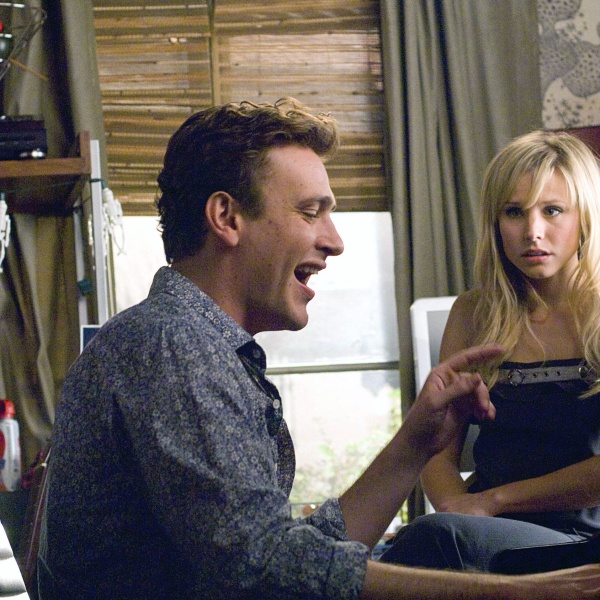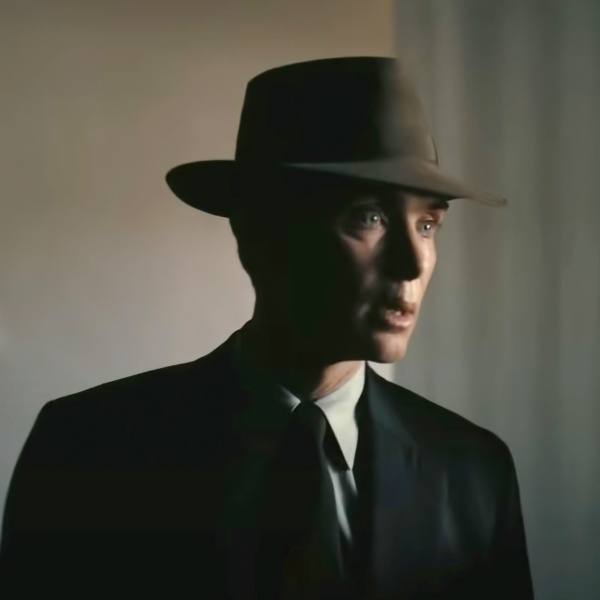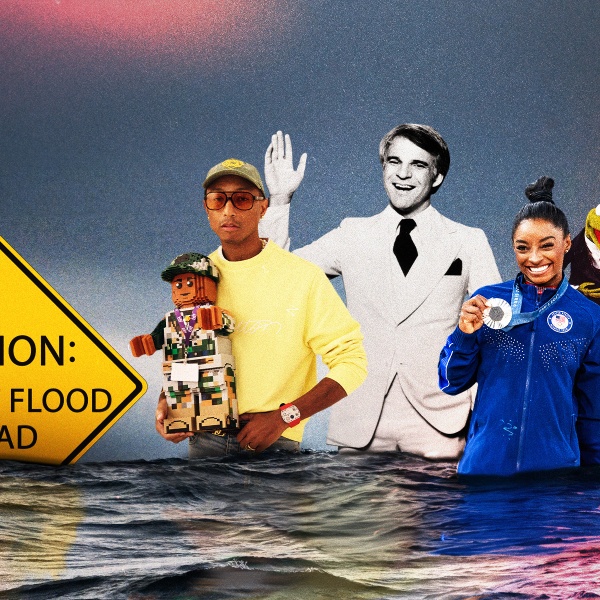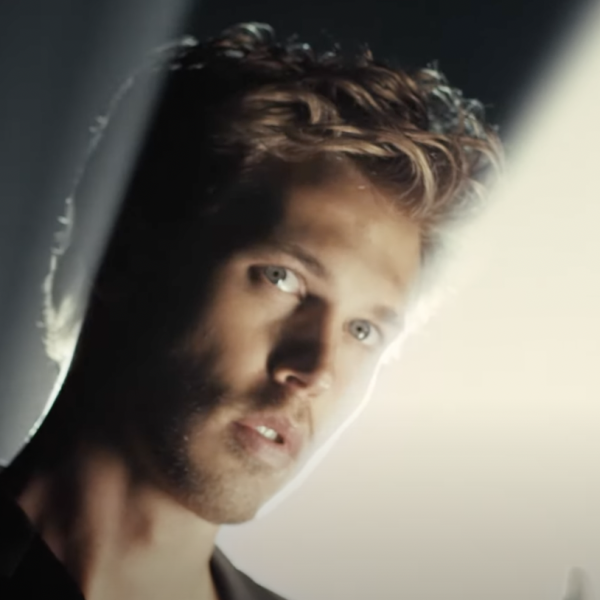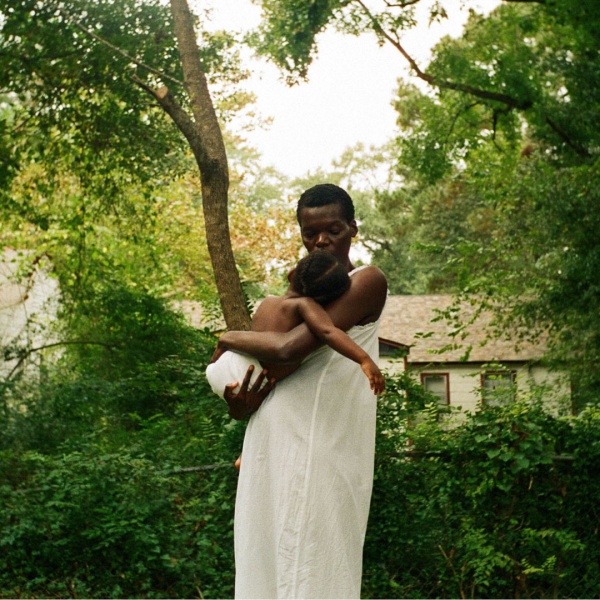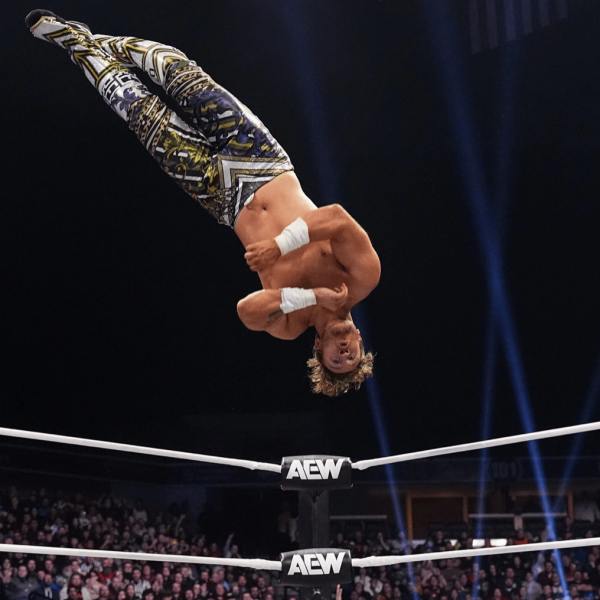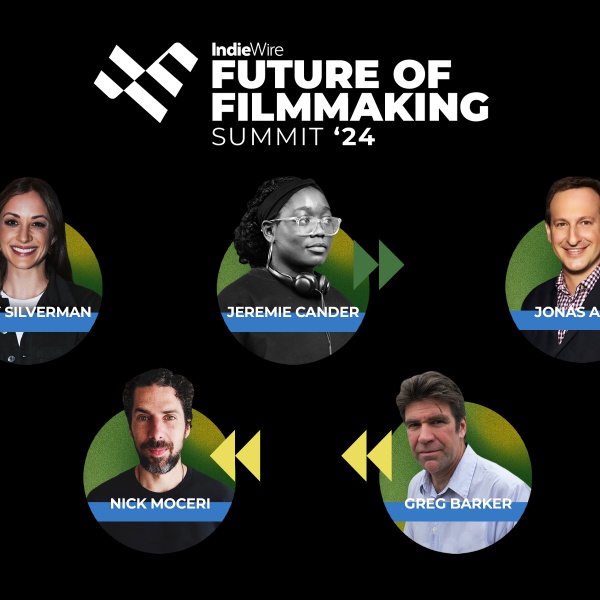And 7 Other Things We Learned From Michelle Williams, Zoe Kazan & The Director Who Kept Her Actors In The Dark

Back in September of 2009, we heard the quiet rumblings of a new Kelly Reichardt film, thanks to an interview with confidante/sometimes-producer Larry Fessenden with the A.V. Club. The film sounded like a micro-budgeted, anti-Western and we set it high on our anticipated list, waiting patiently for more inklings of news.
Fast forward to TIFF’10, we were very taken aback by the result. “Meek’s Cutoff” is a very minimalist, hypnotic picture which calls for digestion time, something that’s nigh impossible to get at any film festival. Sure, “Wendy and Lucy” and “Old Joy” were minimalist and replete with nuanced emotion and performances, but the dusty, dry atmosphere and lengthier running time of “Meek’s Cutoff” makes Reichardt’s latest a more difficult endeavor. That said, it’s something a bit more special: ‘Meek’s’ is a uniquely moving experience, a film that rewards the patient viewer and takes its time to bloom, but is rather mesmerizing and unforgettable once it does.
Starring Michelle Williams, Paul Dano, Zoe Kazan, Bruce Greenwood, Shirley Henderson, Will Patton and Neal Huff, “Meek’s Cutoff” centers on a group of American settlers traveling through the Oregon plains in 1845 find themselves stranded in the most harsh of conditions. They are following the route of fur trapper and guide Stephen Meek (Bruce Greenwood), and the deeper they go into foreign unknown territory, the more the settlers begin to assume Meek is either lost, stupid, stubborn, or plain evil. What transpires is a unnerving tale of paranoia and hopelessness, but isn’t a horror in any traditional sense. Recently, The Playlist had the chance to sit down and discuss the film with the director and actors Michelle Williams and Zoe Kazan. Here are the eight things absorbed from the conversations. We implore you to check out “Meek’s Cutoff” when it opens this Friday, April 8th, in a limited engagement in New York. Many more dates and cities will follow.
1. If it suits your out-of-context needs, the titular character Stephen Meek is an allegory for George Bush.
In a different interview, it was written that Reichardt meant for Meek to represent Bush, and the women in the film represent American society’s lack of voice under his guidance. She clarifies, “I didn’t really say that! What drew (the screenwriter) John Raymond into the story was a guy leading a bunch of people into the desert who doesn’t really know what he’s doing. When you read the journals, it’s a toss up — is he stupid or is he evil? Being dependent on information from someone who is culturally different than you and who you’re completely suspicious of, I felt like those were contemporary themes that one could read into. The feminist issues are putting them in too nice of a little package.” So while certain parallels can be made, the director hopes that they won’t water down what is essentially a character story. “You’ve gotta do something with the axe you want to grind. But in the end they’re character stories, stories of outsiders, Kurt [Will Oldman] in ‘Old Joy,’ Wendy in ‘Wendy and Lucy,’ and the Indian, Meek, and Emily Tetherow [Michelle Williams’ character], they’re trying to find a way around this system that’s in their world.”
2. The actors had no idea of the filmmaker’s vision for the film — and sometimes were none too pleased when they found out.
No matter who the actor is, when they have their scene, they want their coverage. Generally they’ll get it, but Reichardt had different plans for “Meek’s Cutoff.” “There was a big scene for Will Patton’s character that we shot first day, and we did it in a wide shot with his back to the camera, the main coverage of the women up on the hill. That can be unnerving,” the director laughed. Of course, had she told the talent she’d be handling the film like this, nobody would’ve trekked through a desert for her. Eventually some compromises were made to keep up morale, but she ultimately decided that she didn’t go all the way out there to make a by-the-books flick. “On the second day I knew I was going to shoot the men from the waist down, and they’d already had the first day of just being in the wide shot, so I sort of conceded in the morning to shooting it in a more traditionally covered way. Soon though, I realized that I wanted to continue to experiment, I wasn’t sure if it was going to work but I was more interested in doing that than the same old.”
3. Making bonnets more easy to wear? Reichardt wasn’t having any of that Brooklyn, hipster nonsense.
The bonnets that the females wore in the film are much longer than the ones you’d normally see represented in television and film. This was the insistence of the filmmaker, who wanted things to be as realistic as possible. This was much to the chagrin of Michelle and Zoe, who lost their entire peripheral vision. “The bonnets were great but they’re like blinders,” Williams described. “When you’re next to an oxen, that beast of an animal, your scope is limited and the thing wants to make a sudden left… it’s a little scary.” The two decided to do their own little problem solving. “Zoe and I flipped them back and showed them to Kelly, and she said ‘Absolutely not, it looks too modern. Take it to Brooklyn.’ Oh well.” Don’t be surprised if these start showing up in the latest mumblecore opus.
4. Experts of the time suggested using common sense to figure out how travelers functioned with few tools.
Journals, pictures, and other items proved valuable for research, but when it came to actually doing things, the production turned to historians and reenactment enthusiasts for advice. The simple explanation? These travelers crossed certain bridges when they came to them, using their limited resources to the best of their ability. “We asked what they would do to build a fire without matches, or how they would lower a wagon… and they’d always just say ‘Well, what would you do?’ There was no answer to everything anymore than if something like if you were out in the desert with a flat tire without a spare, how would you figure that situation out? These were people with a certain amount of resources and had to deal with whatever dilemma was in front of them.” How these people found cell phone reception is still a mystery. 5. Stephen Meek’s story was discovered while researching for a company.
5. Stephen Meek’s story was discovered while researching for a company.
Based on a true story, writer John Raymond stumbled upon the tale while researching a job most writers would kill for (especially considering he got a film out of it). “He got hired by this housing development in the middle of the desert,” Reichard explained, “and in his research he came upon the Stephen Meek story. So it was kind of perfect, we started there and started researching. The perspective of the film, which steers away not only from bad-ass cowboys but from men in particular, came from the lack of regular people in Westerns. The idea from there is like, not being John Wayne, but being the person outside of all of that, like the cook.”
6. Zoe Kazan’s character’s vanity was represented by her bird, which was supposed to have its own death scene.
Reichardt’s style says a lot with just a little, often favoring the physical over dialogue. In that sense, she uses things that the characters do or interact with to bring out certain character traits, rather than having them discuss it at length with others (of course, when she does decide to do this — for instance, with Meek’s speech concerning the two genders — it’s incredible). What we gather from Kazan’s character, Millie, is that she’s a bit naive and vain, probably coming from a more well-to-do background than the others. “My feeling about Millie is that she’s a bit pampered and holding onto frivolities that the other, older women aren’t. There are little things, such as the ruffles in the clothes, there’s some vanity in that. The bird’s another thing like that, I don’t think it was in the original script but it’s a little vestige of her life.” The animal disappears appropriately, just as we all begin to doubt their future welfare. According to Zoe, though, the bird’s demise had its own scene that was ultimately cut. “Kelly wanted me to throw the bird away like I didn’t care, much like a kid that loves something but has no use to him or her when it’s dead. The prop bird just didn’t look good, she tried to make it so that I was hiding it when I threw it, but it just didn’t work. You couldn’t tell what I was throwing, so we cut it. In later scenes, though, you can see the empty cage.” That would’ve been a great scene if done right, though there’s something undeniably chilling and lasting on the sight of an empty bird cage — especially when the bird was such a huge contrast in earlier scenes.
7. The production refrained from using too much modern shooting equipment because it felt inappropriate.
Sweeping crane shots are nowhere to be found in ‘Meek’s,’ and it’s intentional — such a lavish camera move would be artificial in this production. Unfortunately, money was spent on certain equipment before the team realized it would give off falseness. “We had a motorized buggy and it wasn’t until we were out there shooting when I realized that there was something about the motor that didn’t feel like the period. It felt like bullshit,” Reichardt said. “So we dug a road and laid dolly.”
8. Michelle Williams would risk limbs to do another Kelly Reichardt film.
“I’d do anything with Kelly again, I’d jump into a river full of crocodiles if it meant working with her again.” However, when asked if there would be a close to the Reichardt/Williams trilogy, Williams responded “You’re gonna have to ask her. Not anytime soon, maybe we’ll revisit Wendy in 20 years,” she joked. “Instead of a trilogy or trifecta, maybe a duet? Two movies makes a whole.” The actress is extremely busy, with a high-profile role as Marilyn Monroe to boot, so she’s likely keeping her options open. As for Kelly’s next project, she’ll be working with John Raymond again but the two are secretive about their next film as they are still “living with (their) idea for now.”
“Meek’s Cutoff” opens Friday, April 8th in a limited New York engagement.
